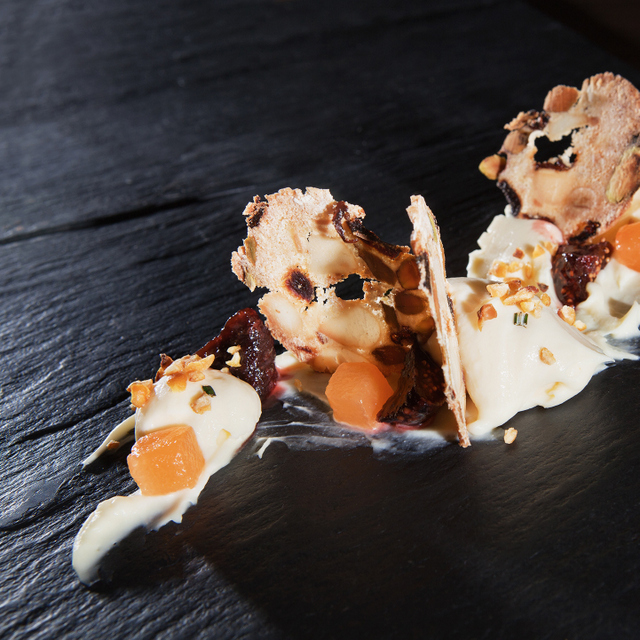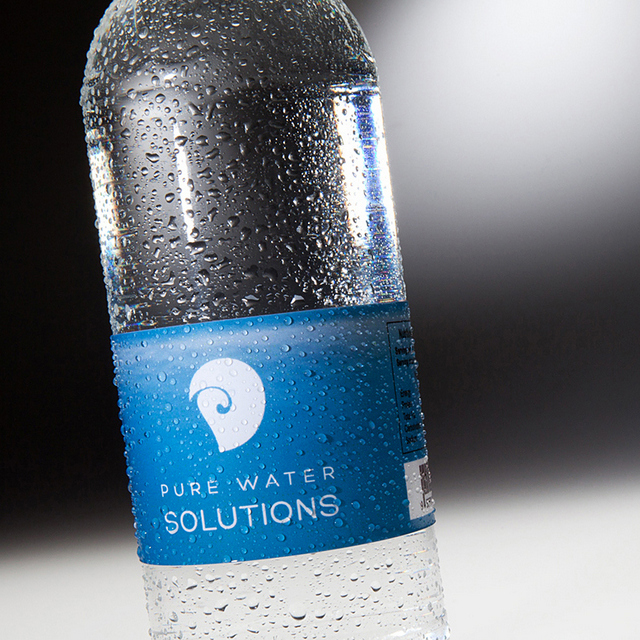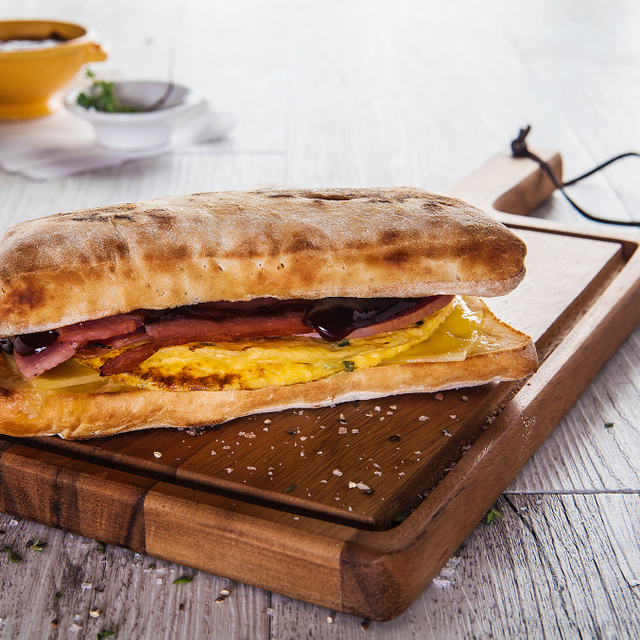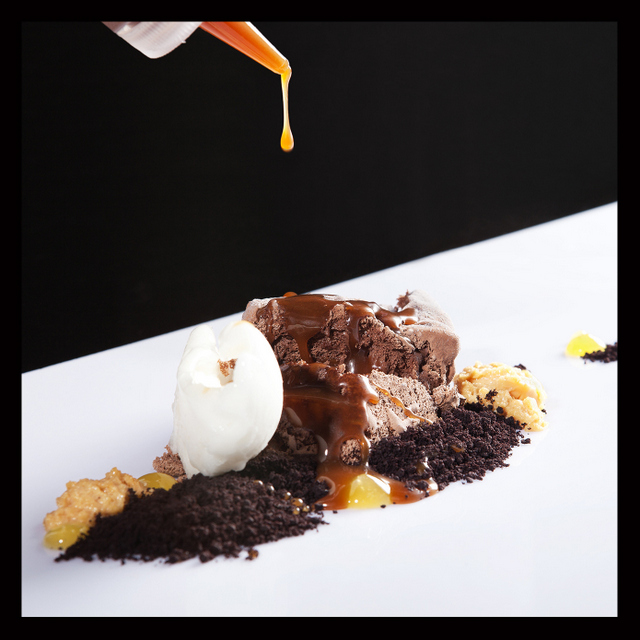Today we’re very happy to have a guest author writing exclusively for Good Food Gold Coast. Paul Williams, the owner of Gold Coast Food Photography, shares some fantastic tips that anyone will find useful, from the camera phone snapper to the seasoned studio pro. In the interests of better food photography…enjoy!
The importance of backlighting for food photography
Learning about, then understanding the value of the backlight for food photography is a crucial part of becoming a good food photographer.
A low back light showcases the rich texture of this black slate dessert platter.
Most photographers who first venture into food photography (myself included), often overlook the backlight and instead opt for setups like two diffused side lights, with perhaps a half a stop difference between them in output power (50% less light). I got very lucky with some of my first food shoots in 2004 and actually managed to get some nice shots ‘fudging my way through’ like this, but the turning point for me was realising that (similarly to shooting portraits), the backlight for food will really take your food photography to the next level.
Back lighting also illuminates bottled liquids in a very attractive way.
This technique is what I often use in the studio, though the fundamentals remain the same if you’re not using flash. For those shooting in natural light, you simply move around the plate to ensure that the light source is coming from behind the dish. If it’s a little strong – causing silhouette and a loss of detail in the front of the dish, use something white (such as a menu) to bounce some light back into the food.
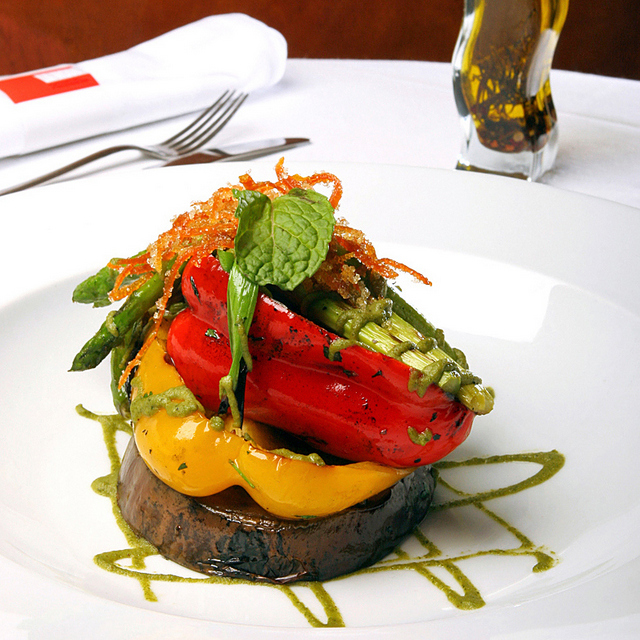
Back lighting defines a dish from its background and here also illuminates the oil bottle beautifully.
The main benefit of backlighting food is that it gives it dimension. It sets your food apart from its background and increases the texture of the food dramatically. Bringing your light source down in height will further increase the texture of the food, by ‘scraping’ or ‘skimming’ light across its surface. This lengthens shadows, which can then be diffused according to how strong you’d like your contrast.
Combined with more complex studio techniques, photographers can even recreate a distinct morning light for a breakfast menu.
Lowering your backlight (or raising your plate higher) is the ideal technique when photographing foods of very limited texture, such as soups, or if you’d like to capture the subtle variances in height over a liquid syrup. Lowering your backlight when photographing soup, for instance, will give it vibrancy and showcase textural features such as surface oil droplets. Using a front light as your key light would result in a less dimensional, less textural photograph.
Liquid nitrogen vapours caught using back lighting.
If it’s important to capture smoke or steam on your food, backlighting is the only way to shoot this. For example, if you’re photographing a hearty stew for a winter menu, the back light is what illuminates the steam and gives it body. Lighting steam from the front makes it less opaque while, at the same time, ruining the contrast of anything that lies behind the steam. Doh! Take the below shot as a more dramatic example. I shot this in Singapore for world famous dessert chef, Janice Wong. It was vital to capture the liquid nitrogen vapours as they rolled off this amazing dessert the instant it was plated-up. I placed my key light (main light source) behind the ice cream to achieve this and rim-lit the edges to separate the food from its background. A 2nd ‘fill light’ showed the detail in the front of the food.
Syrup action plus an incredible amount of texture showcased by back lighting.
There is no magic bullet for food photography. It’s infamous in its technical complexity for good reason. Even seasoned pros shy away from venturing into shooting food, as it’s a very different animal. But I honestly consider back lighting to be the closest thing that I can share to a magic bullet. It’s one hell of a trick to have up your sleeve and you’ll be glad to have mastered it!
Now be off with you and go merrily into the world and practice. Beware the dreaded lens flare!
……
Food photography folio images by Paul Williams Photography – Gold Coast and Brisbane
Paul Williams is the owner of Gold Coast Food Photography and the creator of all these wonderful images. You can see more of his work, check out the services plus keep up with his latest tips, recipes and food news at his site here!
Save

